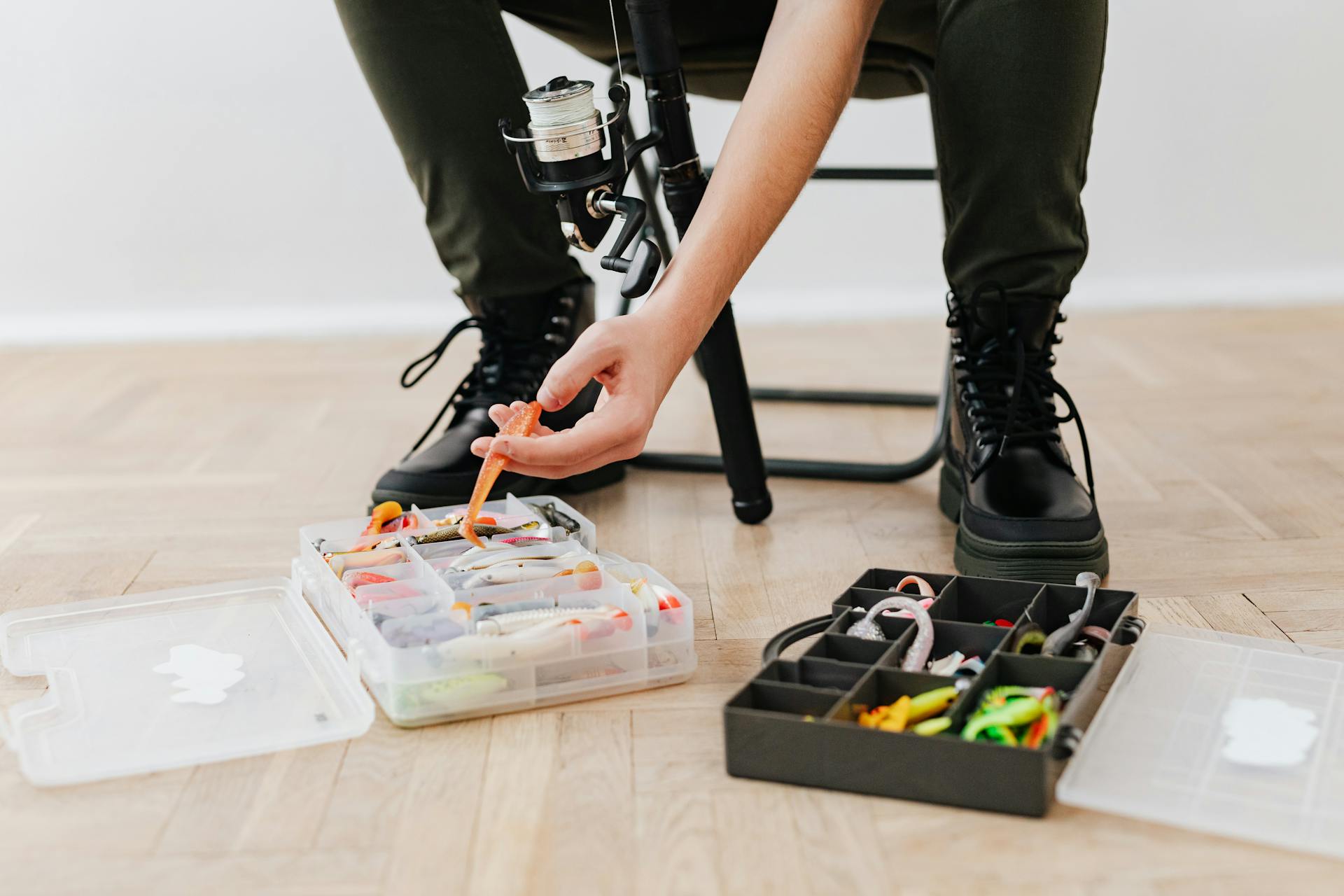Depending on how “gear” and “equipment” are defined, the term “fishing gear” can refer to a broad variety of products. This page covers all the gear and supplies needed for freshwater fishing, such as rigs, boat accessories, and bobbers. This extensive guide covers all you need to know, from the essentials to start your freshwater fishing trip to essential safety gear and more.
An Introduction To Freshwater Fishing
The majority of anglers who come to fishing supplies store in Dundee argue that all you need to catch a fish and have a good day is a fishing rod, reel, hook, and bait.
On the other hand, some could go into further detail on the many innovative fishing technologies that are thought to be crucial. In addition, there are others who can give detailed explanations of different baits and lures that work well for different kinds of freshwater fish.
A Package or a Tackle Bag
Purchase a tackle box or tackle bag to efficiently arrange and convey your freshwater fishing equipment. You have the option to get a tackle box constructed from durable plastic or acquire a lightweight tackle bag that accommodates plastic utility boxes.
Tackle bags are advantageous for bank fishing as they allow for efficient organisation and interchangeability of utility boxes, hence eliminating the need to carry unnecessary equipment. Tackle boxes often have a larger size and weight, but they are considered a more conventional option.
Regardless of whether you choose a tackle box or a tackle bag, it is important to select a waterproof design that will effectively protect your lures and equipment from becoming wet.
A Combination of a Fishing Rod and Reel
The most suitable option for novice freshwater fishing, especially when accompanied by children, is a spincast fishing rods Dundee and reel combination, owing to its straightforwardness.
A spincast rod and reel combination, which refers to a set where the rod and reel are marketed combined, is commonly employed for catching bluegill, crappie, and other panfish species when fishing. A spincast reel is positioned on top of the handle of the rod, while a spinning reel is put below the rod. A spincast reel is equipped with a thumb button that is pressed to release the fishing line while casting.
Aquatic Angling Reels for Freshwater Environments
Selecting a proper reel—a mechanical device used to retain and dispense fishing lines—comes next after obtaining a fishing rod. Fishing rods at live bait shop Dundee come in several kinds and sizes based on the type of fishing you want to do. These styles include:
The bait-casting reel, sealed spincasting reel, and fixed-spool reel are among the varieties of fishing reels that are available.
A Bobber Fishing
Floats, or fishing bobbers, are buoyant equipment used in fishing that is used to mark the location of the bait in the water or to determine when a fish has taken it.
Bobbers are small buoys that attach to your line of fishing.
You may move the bobber up or down on your fishing line to change the depth of your bait when a fish bites and submerges it. Attaching it a tad bit on the height will allow your bait to go deeper while keeping the bobber close to your bait will keep your bait shallower.
A Freshwater Fishing Line
It is now essential to affix a fishing line to your selected fishing rods and reel. There are many weights of fishing line available, but a six-to twelve-pound test—a measurement of the line’s breaking strength—is a good place to start. However, it is imperative that the size of your rod and reel combos Dundee the pound test of your fishing line. To get ready to target a certain kind of fish, you may also modify the pound test to fit the kind of bait or lure you are employing.
Freshwater Rigs
Freshwater fishing rigs are specifically crafted for various fishing methods and can consist of a variety of components such as bait, bobbers, dodgers, flashers, hooks, leaders, lures, sinkers, swivels, and other accessories.
The choice of the rig is contingent upon the targeted fish species, although it does not always need intricate engineering. Below are a few typical freshwater fishing setups:
- A 3-way Rig
- Bobber Rig
- Live lining with live baitfish is used as bait
- Sliding Sink Drift fishing rig for Maneuverability and control
- Versatile still fishing rig for adaptability
- Boat Drift
- Trolling for efficient and effective fishing
Final Words
Whether you’re targeting Walleye, Largemouth Bass, Rainbow Trout, Black Crappie, Channel Catfish, or another kind of freshwater fish, the first thing you should do before hitting the water is learn about the fish’s behavioral tendencies.
That will dictate where, when, and how you go fishing, as well as the tactics you’ll employ and the equipment you’ll require. Remember that every angler has a distinct taste, and you will too, so don’t be afraid to experiment with different freshwater baits and lures to find what works best for you.







